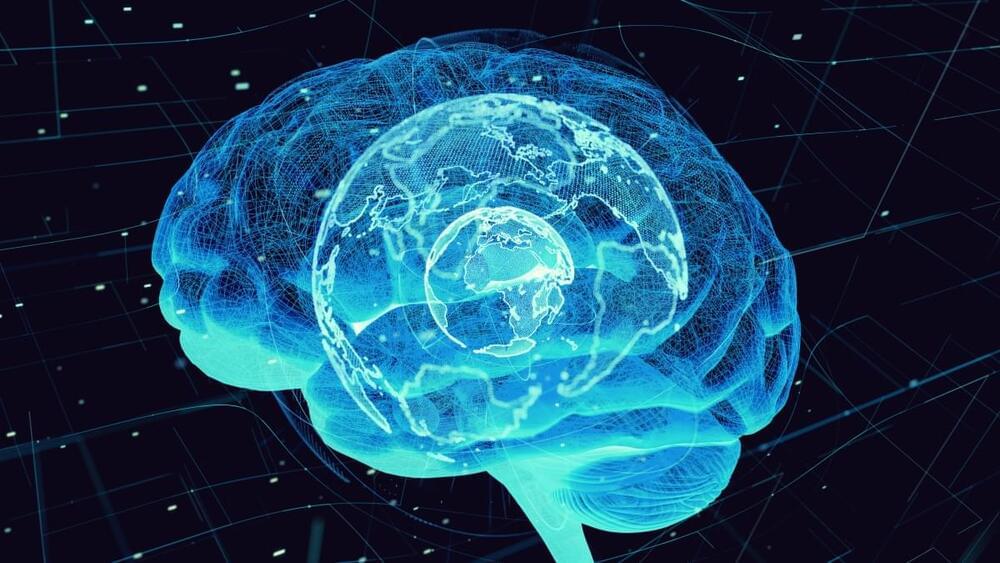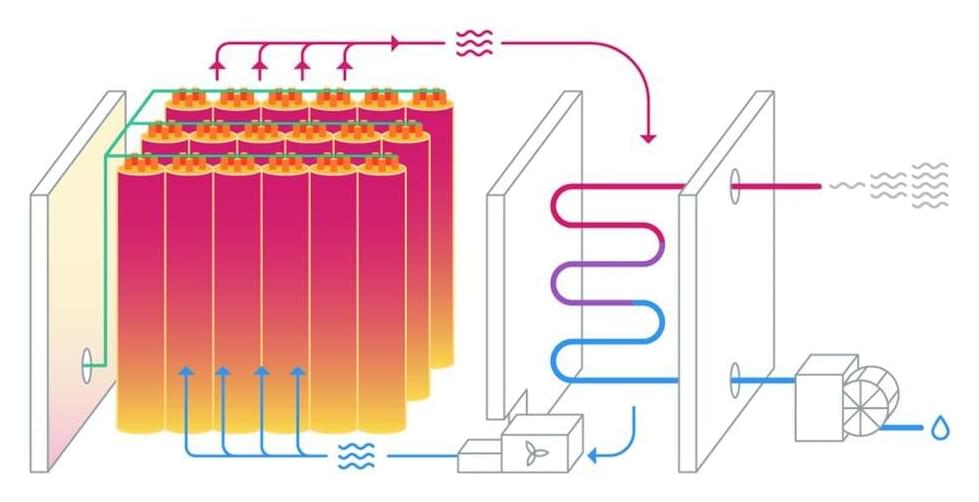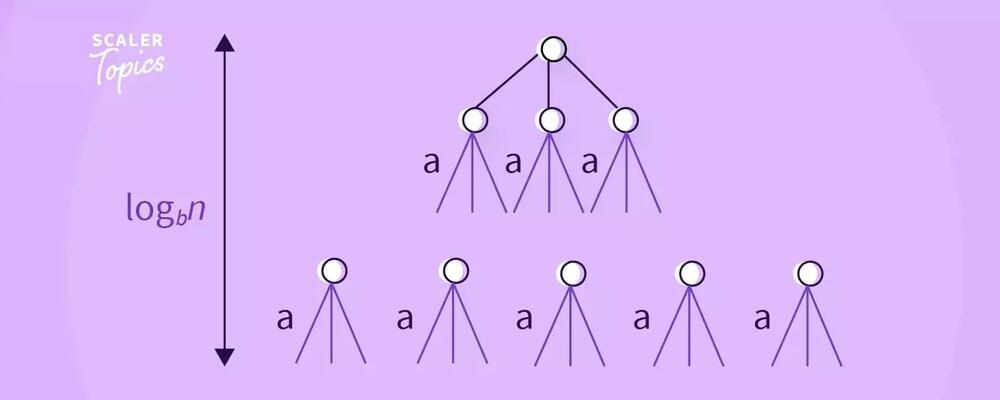The steel structures will be fabricated at Westcon’s shipyard in Florø and then transported to Dommersnes Industrial Area for complete assembly and testing. The complete turbine is then towed to Bokn, where it will be installed.
SeaTwirl has been around for a while now. In July 2015, the company first deployed its prototype named S1 off the coast of Lysekil in Sweden. The S1 is a small, 30-kW test version of its floating turbine technology. Rising 13 meters above the waterline and reaching down 18 meters below, it offers energy-producing companies an attractive test platform for offshore wind power and an alternative to diesel generators in remote areas that are off-grid or prone to power outages. It’s been connected to the grid and tested according to plan since its deployment. S1 has withstood harsh weather conditions, autumn and winter storms reaching hurricane wind speeds.
SeaTwirl describes its design as simple and robust, with a minimum of breakable moving parts, which means less downtime and more output. It is a vertical-axis wind turbine that has a high structural limit and can be built larger than horizontal-axis wind turbines.







